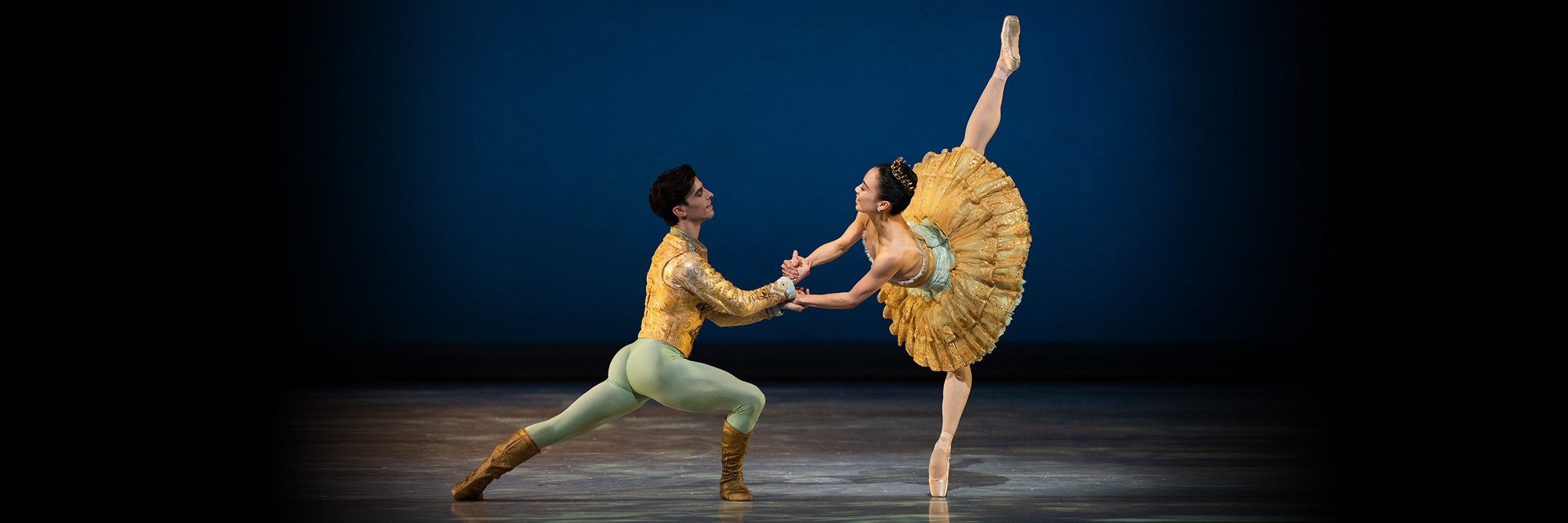Tchaikovsky’s Dance of Death
The Creation of The Sugar Plum Fairy Theme
In 1890, Tchaikovsky was riding the high of his opera The Queen of Spades when disaster struck: his longtime patron and confidante, Nadezhda von Meck, confessed that she could no longer sponsor his work. “I suffer a great deal,” Tchaikovsky wrote to his brother following the news. “Is it wise to accept the offer … to compose an opera in one act and a ballet [The Nutcracker] for the season 1891–92? My brain is empty; I have not the least pleasure in work.”
However reluctantly, Tchaikovsky accepted the Imperial Theater’s commission and began work on The Nutcracker. But when his beloved sister Alexandra died shortly after, disappointment turned into despondency: “For God’s sake . . . Today, even more than yesterday, I feel the absolute impossibility of depicting in music the “Sugarplum Fairy,” he wrote.
Should it come by surprise, then, that The Nutcracker’s Grand Pas music, which comes just before the Sugar Plum Fairy’s famous variation, sounds so melancholic? For this section, choreographer Marius Petipa had asked for “an adagio intended to produce a colossal impression,” and Tchaikovsky delivered. But more than making a “colossal” impact, he offers a moment of musical pathos; the cascading, six-note theme suggests something more intimate than the duet at hand. Was Tchaikovsky writing a “requiem” to his departed little sister, or simply setting the stage for the prince and princess the way he knew best? It may be one of music’s—and ballet’s—greatest mysteries.
Nutcracker runs December 13–30, 2023
Header image: Frances Chung and Joseph Walsh in Tomasson’s Nutcracker // © Erik Tomasson








